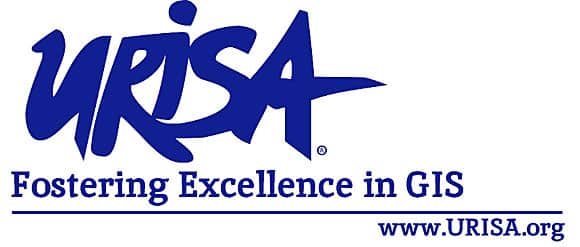As with other IT systems, GIS relies on good data management, systems integration, and cybersecurity. These shared elements underscore the importance of leveraging IT governance frameworks and best practices when developing GIS governance strategies. Aligning GIS practices with established IT standards ensures coherence in overall IT management and helps organizations seamlessly achieve their objectives.
However, GIS governance must also account for the distinct characteristics of GIS. For example, GIS deals with spatial data, adding a layer of complexity. The spatial components of GIS mean that practitioners must make considerations related to geographic coordinates, map projections, and ways to interpret data in relation to physical locations.
For anyone involved in developing GIS governance, it is critical to understand and address these and other distinctions. Here are some additional key differences between IT and GIS that those who focus on GIS governance need to consider.
External Data Sources
GIS often relies on information from external geographic databases, satellite imagery, or other specialized datasets. This introduces challenges related to data provenance and accuracy as well as compliance with data-sharing agreements. Understanding and managing the intricacies of external data use are critical aspects of GIS governance.
Rapid Technology Evolution
GIS involves rapid advances in data collection, analysis, and visualization tools and techniques. This requires governance practices that are agile and responsive. Staying updated on trends and incorporating flexible governance frameworks ensures that organizations can harness the full potential of evolving GIS capabilities.
Big Data
GIS datasets, especially those involving specialized raster or lidar data, are often larger than those in other IT systems. This necessitates careful deliberation on data storage solutions and system performance techniques to ensure efficiency and optimal functionality.
Variety of Geospatial Data
GIS data is more varied than data that’s in many other IT systems. It is therefore important to understand and record dataset characteristics, since different datasets may require tailored management throughout their life cycles. This adaptability ensures that GIS data is handled in the way that best suits its unique attributes.
A System of Systems
GIS can simultaneously be a system of record, a system of insight, a system of engagement, a system of analysis, and a system of design. This versatility sets GIS apart, as many other IT systems encompass just one or two of these. Governance strategies that are overly focused on one or two systems risk overlooking the full potential of GIS.
Specialized Geospatial Concepts
Concepts such as geodesy, map projections, requirements for topological accuracy, and cartographic licensing and generalization are crucial in GIS. It’s important that individuals involved in GIS governance are adequately trained and familiar with these concepts.
GIS People
GIS professionals are often technically savvy and have overlapping skills with other IT personnel—and they are also frequently interested in environmental, social, and governance initiatives. Recognizing and leveraging these traits can make GIS governance more effective.
Risks, Including Bureaucracy and Opportunity Costs
Different uses of GIS data and tools have varying risk profiles. Failure to address these risks can have severe consequences, while an overly risk-averse approach may lead to unnecessary bureaucracy, inefficiency, or missed opportunities.
Integration
GIS can be used as an integrator or a common framework for diverse datasets. The geographic elements in GIS facilitate the easy association of data from multiple sources, enhancing the interoperability and utility of GIS in various organizational contexts. When multiple projects or systems are involved, it’s important for different teams to be able to interact without facing conflicts or misunderstandings, which requires good governance.
Data Sharing
Data sharing is more common in GIS than in many other IT systems. Governance responsibilities include ensuring that data sharing is appropriate, efficient, and secure. This involves establishing protocols and mechanisms for responsible and secure data sharing inside and outside an organization.
Unique Data Characteristics
Given that GIS has multiple transferable and storable formats, each with its own advantages and disadvantages, GIS governance strategies should evaluate a wide variety of web service types for different scenarios. This helps ensure that GIS data remains accessible, usable, and interoperable across diverse applications.
Learn More About GIS Governance
For anyone involved in GIS governance, one good way to better understand the similarities and differences between GIS and IT governance is to attend the Urban and Regional Information Systems Association’s (URISA) GIS Leadership Academy. The educational and networking opportunities at these events can help attendees build knowledge of these and other critical topics.



